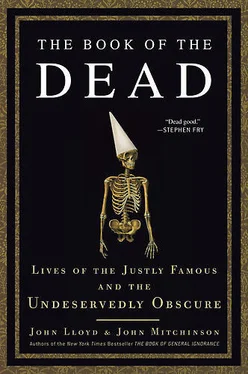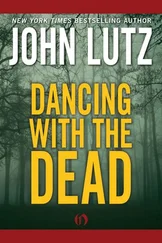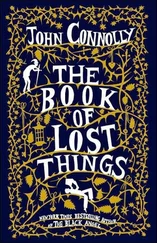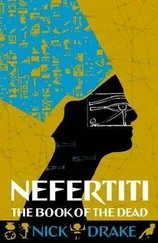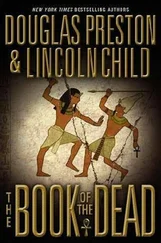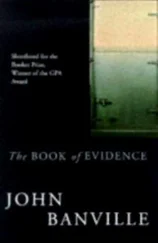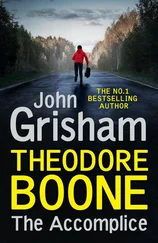Though Peary made several attempts to reach the North Pole in the early part of the twentieth century, all of them ended in failure, and some in disaster. But his reputation in America continued to grow. He befriended Theodore Roosevelt, who adored adventure of all kinds and through whom he acquired a number of wealthy patrons to cover his exponentially mounting expenses. (The average cost of each expedition was more than $400,000, or $10 million in today’s terms.)
In 1909, now well into his fifties, Peary was ready to make his final assault on the North Pole. A team of 24 men with 19 sledges and 133 dogs set out, but of these only Peary and five companions went the whole way. One was Matthew Henson, the world’s first black polar explorer. This talented, self-taught man was the son of a poor farmer. His parents died when he was small, and at the age of twelve he walked the thirty miles from Washington, D.C., to Baltimore and went to sea as a cabin boy. He was a skilled navigator, carpenter, and mechanic. He had accompanied Peary on all his major expeditions since they had met twenty-five years earlier. Like Peary, Henson had married an Inuit woman and fathered a son. Peary owed much of his success to Henson’s logistical genius and his fluency in the local language. The rest of the party consisted of four Inuit who drove the sleds. They had to sledge across melting ice riven by treacherous water channels, led by a fifty-four-year-old man with no toes. Henson had an almost infallible sense of direction, but no one except Peary knew how to take the sequence of latitude readings that would indicate their arrival at the Pole. Peary never took them. Because there were no independent witnesses, there was no evidence other than Peary’s word that they had reached their destination. Given that this was the moment he had spent two decades working toward, it’s very odd that Peary’s diary was left empty on the day of their alleged arrival (he later inserted a loose leaf recording the appropriate sentiments). More damning still, to cover the distances that he claimed they had, they would have had to travel more than seventy miles a day. No polar explorer has matched this before or since. When the British adventurer Sir Wally Herbert retraced the voyage in 1969, he estimated that Peary’s “Pole” was at least fifty miles short of the real one.
Peary’s behavior on regaining the expedition’s ship was far from triumphant. He had hardly spoken to Henson on the journey back, and Henson was tight-lipped: “We had a little argument at the Pole, but that’s all I’ll ever say.” (Years later Henson intimated that the argument resulted from Peary’s resentment at having to share his moment with someone else.) The ship’s crew were eager to know if they’d reached the Pole, but even when asked directly, all Peary would say was: “I have not been altogether unsuccessful.”
When the expedition returned to New York, they found there was a rival claim. Dr. Frederick Cook, the man who had saved Peary’s leg eighteen years before, had emerged from the ice saying he had reached the Pole a whole year earlier. This stung Peary into action. All sheepishness forgotten, he set about destroying Cook’s claim (which was even less credible than his own). Peary pulled in every favor he had ever been owed. The resultant publicity savaged Cook’s moral character and previous polar experience with such ferocity that his reputation never recovered. The press didn’t give Peary the unequivocal acclamation he had hoped for, and questions continued to be asked in private, but as far as the world was concerned, it was Robert Peary who had conquered the North Pole. “I have got the North Pole out of my system after twenty-three years of effort,” he proclaimed.
Twenty-two gold medals from the world’s leading geographical societies followed, along with three honorary doctorates and the French Cross of the Grand Officer of the Legion of Honor. He was received by royalty all over Europe and promoted to the rank of rear admiral at home. His ghostwritten memoirs became bestsellers, enthralling a whole generation of armchair explorers. Peary had got all the fame he ever wanted. He withdrew from public life to Eagle Island, his retreat off the coast of Maine, to enjoy his retirement.
But he did not enjoy it in the least. His health collapsed and he suffered severe bouts of depression. His wife blamed his decline on the doubters who had subjected him to such a grilling on his return, saying that it “did more toward the breaking down of his iron constitution than anything experienced in his explorations.” After all he had done, Peary must have had a terrible sense of anticlimax and boredom—and (one can only hope) regret for the way he had treated his innocent Inuit. And perhaps, in the dark watches of the night, he turned over in his mind the guilty knowledge that he had never reached his goal, and that all the fame he’d craved and won was based upon a lie.
Peary desperately wanted the approval of the world because he had never had the approval of a father. His mother had smothered him with love and he loved her in return—his gushing letters to her are full of tenderness—but he needed to be free of her. Psychotherapists call this spousification, when the child develops guilt and anxiety because the parent is acting like a lover. Peary’s mother’s joining him on his honeymoon is a classic example. The North Pole was a long way to go to get away from her, but it was where Robert Peary felt safe and free and where he could try to prove himself a hero to the father he never knew. He died of pernicious anemia, aged only sixty-three.
The first verifiable successful land assault on the North Pole did not take place until 1968. The name we should remember is not Robert Peary but Ralph Plaisted, a high-school dropout and former insurance salesman from Bruno, Minnesota.
The Victorian explorer Mary Kingsley(1862–1900) also had difficulties with her parents, but her escape from what Peary referred to as “commonplace drudgery” could not have produced a greater contrast.
Mary’s father was Sir George Kingsley, a physician and amateur scientist. Her mother was one of his kitchen staff, whom he made pregnant by accident. They married just four days before Mary was born. Although Mary had avoided the stigma of illegitimacy, her childhood hardly differed from that of a servant. Her mother was an invalid and Sir George was rarely there: He worked for wealthy patrons who felt they needed a doctor in attendance as they toured the world. Leaving the house within weeks of Mary’s birth, he was sometimes away for years at a time, writing sporadic and alarming letters home, giving his address as “Abroad.” When Mary was fourteen, he casually wrote to say that a last minute change of plan had narrowly avoided his accompanying Custer to certain death at the Battle of the Little Big Horn.
The conditions in which Mary found herself meant no school and hardly any social life—the only people she met were domestics. As a result she had a strong cockney accent and the vocabulary of a builder. Her earliest memory was of her father on one of his whistle-stop visits, carrying her downstairs to her mother and bellowing, “Where does this child get her language?” When she was old enough, Mary ran the household, nursing her mother and bringing up her brother Charley. She was fiercely intelligent, teaching herself to read and working her way through all the literature in the house, mastering Latin, German, physics, and chemistry and losing herself in the lives of renowned explorers. As she later wrote: “I had a great amusing world of my own other people did not know or care about—the books in my father’s library.” Soon she was acting as her father’s assistant, cataloging the scientific and anthropological specimens he sent back from his travels. Though physically rooted in north London, Mary’s imagination was traveling the world.
Читать дальше
